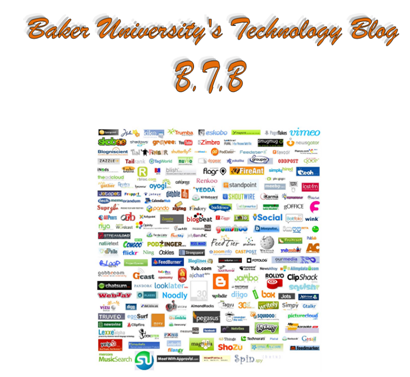Friday, February 11, 2011
140 Characters or Less
That is all you get, 140 characters. Not only letters, characters. Twitter has forced its users to condense their thoughts down to 140 characters. I am a fan of Twitter and find its value in education an untapped resource, but I have to admit that the 140 characters stipulation is creating a problematic subculture (although don't blame Twitter, they are merely aligning with your cell phone limit). What I mean is that students in the online environment seem to accept the truncated typing conducive for Twitter (or instant messaging in general) as somehow acceptable when posting to an online forum or discussion board. I've literally added language to my syllabi that attempts to deal with the issue. None the less, Twitter has some benefits for online education and education in general. Twitter allows you to follow some intelligent folks. And by follow I don't mean reading about their lunch or when they open the garage door, I mean substantive information that is meaningful. Twitter has various repositories that allow the character limit to become the point of engagement, then take you through the linking process to more depth and information. Through such sites as TwitDocs, TwitVid, and TwitPic you can upload documents, videos and images that you are able to link to or share. I can place an article that I want to students to read in TwitDoc, tweet that it is there, and they can then access the document and read it either online or save it to their computer. A site such as TwitCam allows you to record a vlog (that's a video blog), link to it, and those following you on Twitter can access it. The TwitCam becomes a perfect way to integrate yourself into an online classroom and add that oh so important instructor voice in. Not to mention that with the shortening of a URL (Twitter will do this, or there are outside websites that can help) what you have on the web becomes part of the 140 characters. What about this idea. I was working with a marketing instructor and they wanted to illustrate how social media works. We took a Twitter feed and did a hash-tag search for marketing, then embedded the result into her course so students in Moodle could read the feed without leaving the course. It gave them a perspective of how dialogue is shaped through social media and how to grab the consumer's attention in an abbreviated form. Not to mention Screenr, which is a screencasting freeware tool, that sends out a tweet after you've posted your recorded message. We've had one creative instructor require students to tweet as they are engaged in their literature reading, giving their immediate impression. It allowed students to follow the thoughts of others and it allowed those that posted to review how their thoughts progressed. There are some creative activities to be built around this medium, but you have to be willing to accept it validity in education first. Here is a link to a Pew research poll on the demographics of Twitter users. The numbers give you some idea of who is engaging via Twitter, but with some creativity and ingenuity the options of how to incorporate Twitter into a classroom are endless (Pew Research Poll). Here are some folks I like to follow on Twitter that I find are constantly adding information that is useful and meaningful:
Subscribe to:
Comments (Atom)
